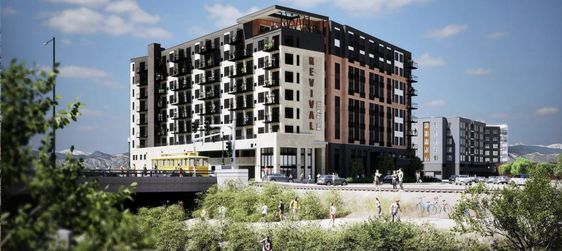Exploring Multi-Generational Homes: Features and Advantages
Read latest blogs and articles from Housystan

The Information mentioned here was last updated on:
14/12/2025Multi-generational homes are becoming increasingly popular across the United States, especially in diverse regions such as California, Texas, Florida, and New York. These unique living spaces are designed to accommodate extended families under one roof, offering both comfort and convenience for people of all ages. In cities like Los Angeles, Houston, Miami, and New York City, the demand for homes that support multiple generations is on the rise due to evolving family dynamics and changing economic factors.
One of the most significant features of multi-generational homes is the inclusion of separate living quarters. These areas often have private entrances, kitchens, and bathrooms, ensuring privacy and independence for each household member. In suburban neighborhoods and urban developments alike, homes may also include flexible spaces such as finished basements, converted garages, or attached suites, catering to the specific needs of grandparents, adult children, or even visiting relatives.
Energy-efficient designs and smart home technology are frequently integrated into multi-generational properties, especially in eco-conscious communities like those found in Portland, Seattle, and San Diego. These upgrades help reduce utility costs and enhance comfort, making daily life more convenient for everyone involved. Accessibility features, such as wider doorways, zero-step entries, and walk-in showers, are also common, ensuring safety and ease of movement for elderly family members or individuals with mobility challenges.
- Verified Tenants/Buyers
- Unlimited Property Listing
- Zero subscription/charges fee
Living in a multi-generational home offers numerous advantages beyond just practical design. Families in regions such as Atlanta, Chicago, and Dallas benefit from enhanced emotional support and stronger family bonds. Shared responsibilities, such as caring for children or elders, help lighten the load for busy parents and foster a sense of community within the household. Additionally, pooling financial resources can make homeownership more attainable in competitive housing markets, making this lifestyle choice particularly attractive in expensive areas like San Francisco and Boston.
Choosing a multi-generational home is a forward-thinking solution for families seeking flexibility, connection, and long-term value. Whether in vibrant metropolitan areas or peaceful suburban communities, these residences provide a harmonious balance between independence and togetherness for all generations.